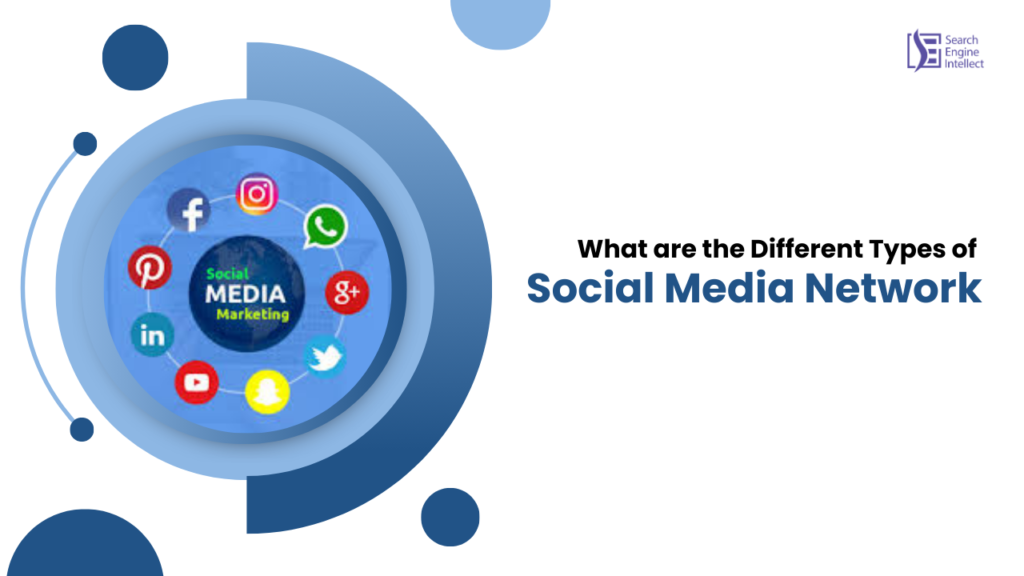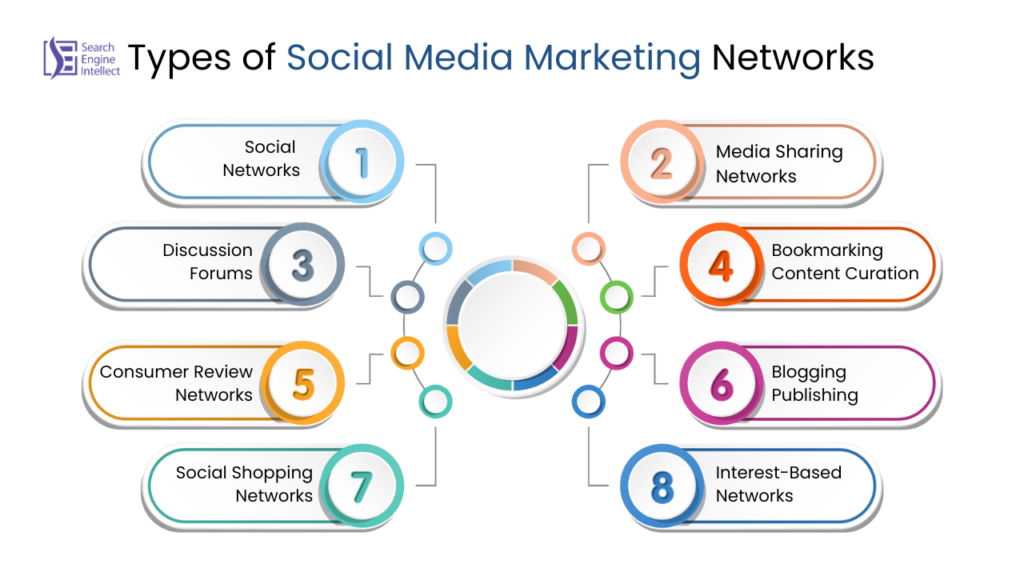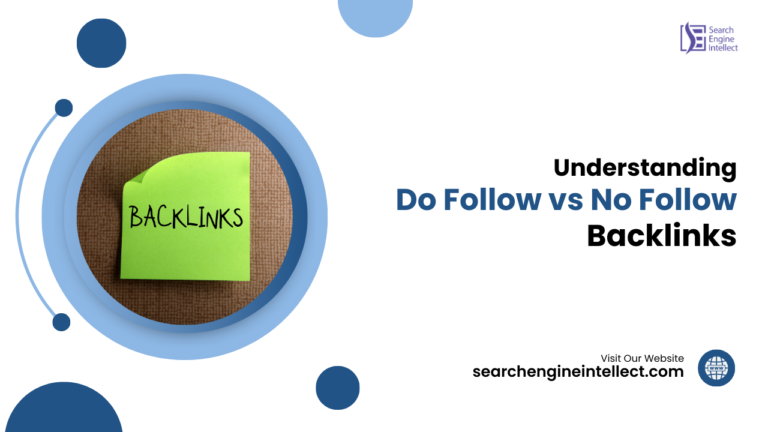Table of Contents
Book a Free Demo Class

What are the Different Types of Social Media Network
As we see today, social media networks are racing to keep up with one another by providing new features to retain users on their platforms.
For example, Instagram developed Instagram Reels to stay up with TikTok.
More sites, such as Twitter, are increasingly enabling options for their users to go live. Now that I’ve discussed how platforms compete to evolve and capture their users’ attention, let me explain what I mean by a social network.
What is a Social Network?
A Social Network refers to a certain sort of social media platform or app. There are more sorts and subtypes of social networks than you might realize.
I am sure you are aware with the platforms we have already addressed, such as Facebook and Instagram. But which group do these types belong into? And how can your brand best engage with its target audience on each platform?
Next, I’ll go over the following sorts of social networks and the advantages of each:
- Social Networks
- Media Sharing Networks
- Discussion Forums
- Bookmarking & Content Curation Networks
- Consumer Review Networks
- Blogging & Publishing Networks
- Social Shopping Networks
- Interest-Based Networks
Also read: Social Media Marketing: The Ultimate Guide

1. Social Networks
Examples: Facebook, Twitter, LinkedIn
Social networks are designed to facilitate connections between individuals and brands. They allow users to share information, ideas, and updates while enabling businesses to build brand awareness and engage with their audience.
Advantages
- Foster relationships through direct interaction.
- Offer organic and paid marketing opportunities.
- Serve as platforms for customer service and lead generation.
2. Media Sharing Networks
Examples: Instagram, Snapchat, YouTube
These platforms focus on sharing visual content such as photos and videos. They are essential for brands looking to create engaging content that captures attention.
Advantages
- Enhance brand visibility through creative media.
- Drive traffic to websites via shared content.
- Enable targeted advertising based on user interests.
3. Discussion Forums
Examples: Reddit, Quora, Digg
Discussion forums are platforms where users can ask questions, share knowledge, and engage in discussions on various topics. They serve as valuable resources for market research and community engagement.
Advantages
- Provide insights into customer opinions and preferences.
- Help establish authority in a specific niche.
- Facilitate direct engagement with potential customers.
4. Bookmarking & Content Curation Networks
Examples: Pinterest, Flipboard
These networks allow users to discover, save, and share content from around the web. They are particularly useful for businesses looking to drive traffic through curated content.
Advantages
- Increase website traffic by sharing engaging content.
- Enhance brand awareness through visual storytelling.
- Attract niche audiences interested in specific topics.
5. Consumer Review Networks
Examples: Yelp, Zomato, TripAdvisor
Consumer review networks enable users to share their experiences with products or services. Positive reviews can significantly enhance a brand’s credibility.
Advantages
- Build trust through authentic customer feedback.
- Influence potential buyers with social proof.
- Provide valuable insights into customer satisfaction.
Also read: Differences between Traditional Marketing and Digital Marketing
6. Blogging & Publishing Networks
Examples: WordPress, Medium, Tumblr
These platforms allow users to publish articles and blogs on various topics. They are essential for content marketing strategies aimed at educating and engaging audiences.
Advantages
- Establish authority through informative content.
- Drive organic traffic via SEO-friendly articles.
- Create a community around shared interests.
7. Social Shopping Networks
Examples: Etsy, Polyvore
Social shopping networks combine e-commerce with social interaction, allowing users to discover and purchase products within a social context.
Advantages
- Enhance customer engagement through interactive shopping experiences.
- Foster brand loyalty by creating community-driven shopping environments.
- Increase sales through targeted promotions.
8. Interest-Based Networks
Examples: Goodreads, Houzz
These networks connect users based on shared interests or hobbies. They are ideal for targeting niche markets effectively.
Advantages
- Build communities around particular interests or products.
- Facilitate word-of-mouth marketing within niche groups.
- Engage specific audiences with tailored content.









